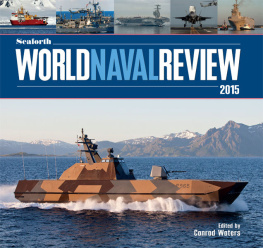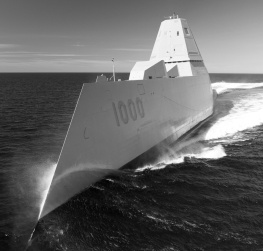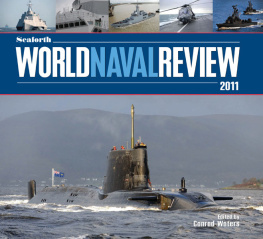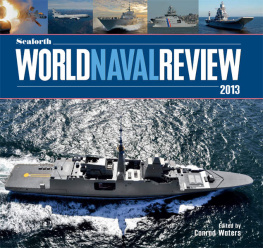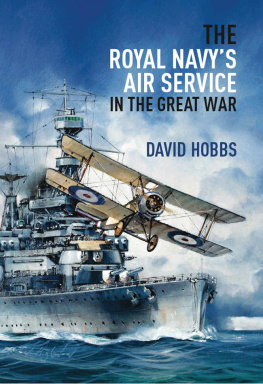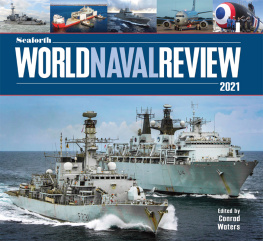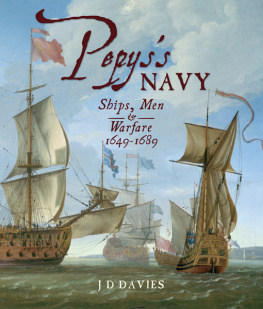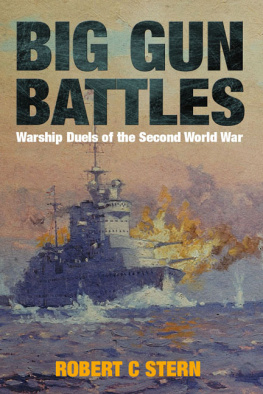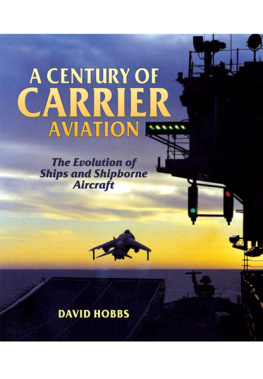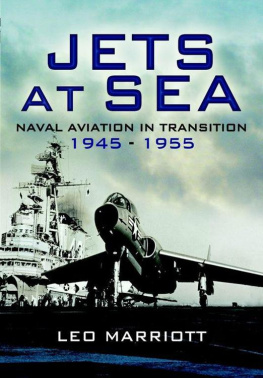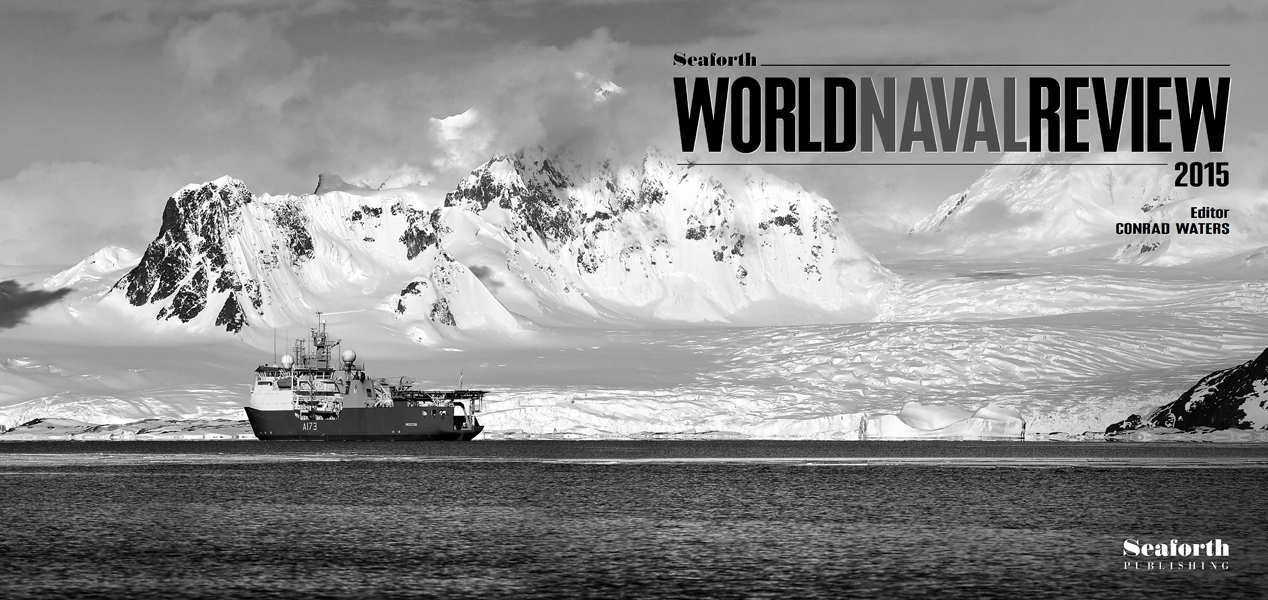
A panoramic image of the British Royal Navy Antarctic Patrol Ship, Protector , in the waters off the Ukrainian Vernadsky research base in December 2013. Although the Ukraine and its navy has suffered much from Russian assertiveness over the last year, Antarctica and the Southern Ocean remain a haven of calm from tensions impacting many of the worlds seas. (Crown Copyright)
The editor welcomes correspondence and suggestions from readers.
Please contact him via Seaforth at info@seaforthpublishing.com.
All correspondence should be marked FAO: Conrad Waters .
Copyright Seaforth Publishing 2014
Plans John Jordan 2014; Ian Johnston 2014
First published in Great Britain in 2014 by
Seaforth Publishing
An imprint of Pen & Sword Books Ltd
47 Church Street, Barnsley
S Yorkshire S70 2AS
www.seaforthpublishing.com
Email info@seaforthpublishing.com
British Library Cataloguing in Publication Data
A CIP data record for this book is available from the British Library
ISBN 978-1-84832-220-2
All rights reserved. No part of this publication may be reproduced or transmitted in any form or by any means, electronic or mechanical, including photocopying, recording, or any information storage and retrieval system, without prior permission in writing of both the copyright owner and the above publisher.
The right of Conrad Waters to be identified as the author of this work has been asserted in accordance with the Copyright, Designs and Patents Act 1988
Note on Tables: Tables are provided to give a broad indication of fleet sizes and other key information but should be regarded only as a general guide. For example, many published sources differ significantly on the principal particulars of ships, whilst even governmental information can be subject to contradiction. In general terms, the data contained in these tables is based on official information updated as of June 2014, supplemented by reference to a wide range of secondary and corporate sources, such as shipbuilder websites.
CONTENTS
Section 1: Overview
Section 2: World Fleet Reviews
2.3A Fleet Reviews Bangladesh & Myanmar: Resurgent Navies in the Bay of Bengal
Mrityunjoy Mazumdar assesses the creation of sea-going fleets by two neighbouring rivals.
2.4A Fleet Review France: The Marine Nationale: The Bare Minimum for the Job
Jean Moulin explains Frances disciplined approach to naval power (translated by John Jordan ).
Section 3: Significant Ships
3.1 Italian FREMMs: Carlo Bergamini (GP) and Virginio Fasan (AS) Frigates
The editor reviews Fincantieris distinct approach to the Franco-Italian frigate programme.
3.2 Samuel Beckett Class OPVs: Irelands new warships help sustain English shipbuilding skills
The editor looks at the series of ships built for Ireland by Babcock Marines Appledore yard.
3.3 Skjold Class FACs: Norways Fighting Cats Stealth reigns Supreme
Guy Toremans provides a design and service history of the worlds fastest sea-going warships.
3.4 Montford Point (MLP-1) Class: A Sea Base coming to a Theatre near You
Scott C Truver explores the USNs adaptation of an oil tanker design for use as an offshore base.
Section 4: Technological Reviews
4.1 World Naval Aviation
David Hobbs undertakes his annual overview of recent developments in maritime air power.
4.2 Mine Warfare
Norman Friedman examines the impact of recent technology on mine countermeasures.
4.3 Warship Recycling
Ian Buxton assesses the practical and economic aspects of warship disposal.
OVERVIEW
INTRODUCTION
T he strong do what they can, and the weak suffer what they must wrote the Athenian general, historian and philosopher Thucydides in his History of the Peloponnesian War , regarded as one of the earliest surviving works of history. A stern reminder of this enduring lesson of realpolitik was provided in March 2014 when Russian forces seized control of the Crimean peninsula from the Ukraine in an almost bloodless operation. Russias military action, a response to the February 2014 revolution in Ukraine that had seen the installation of a pro-European government in Kiev, has been subject to considerable international criticism and the imposition of limited sanctions by the European Union and the United States. However, as was the case with respect to its invasion of Georgia in 2008, Russias willingness to flex its military muscle has allowed it to achieve its key objectives, in this case the security of its Black Sea Fleets main naval base at Sevastopol and the protection of Crimeas ethnic Russian population.
The inability of the United States and of its European allies to respond decisively to Russias actions in the Ukraine has come at a time when the limitations of its global influence have started to become more apparent. For example, the Obama administrations failure to act on its previous red line and underta k e action against the Syrian chemical weapons attacks on regime opponents has significantly weakened its regional credibility at a time when key regional allies such as Saudi Arabia have become disconcerted about a possible rapprochement with Iran. There has inevitably been much criticism of the administrations lack of action from political opponents, as well as from some more independent commentators.
Table 1.0.1: COUNTRIES WITH HIGH NATIONAL DEFENCE EXPENDITURES 2013
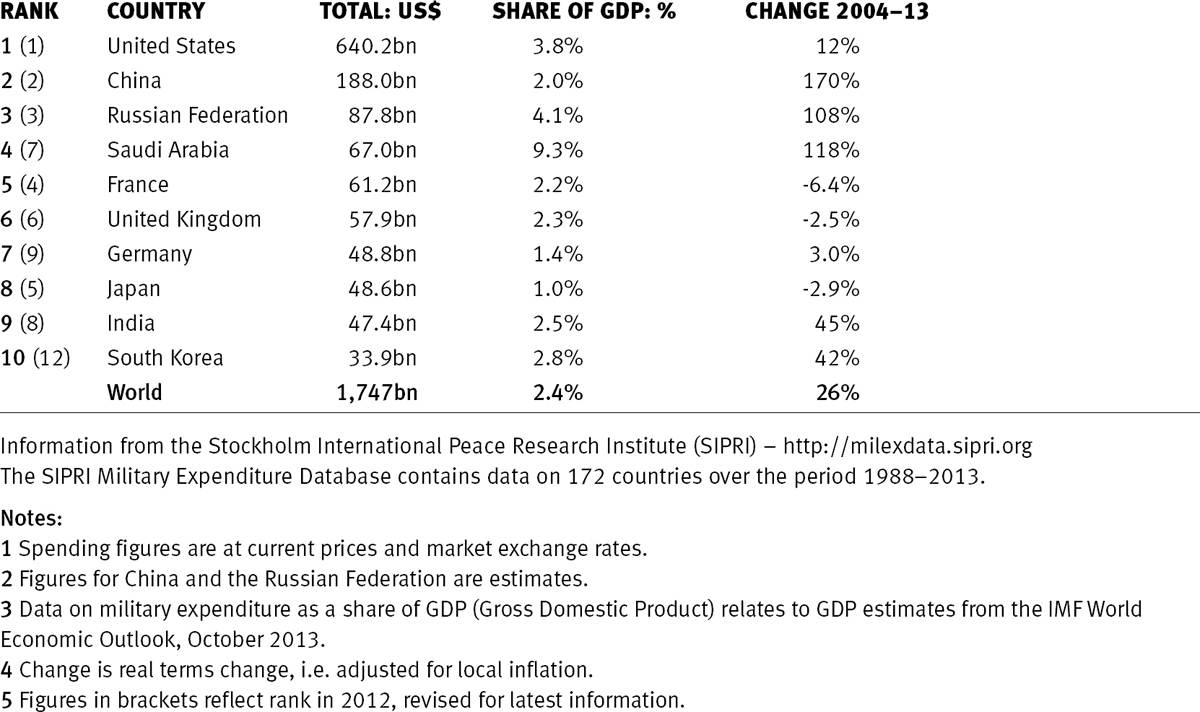
One consequence of the uncertainty over the ability and willingness of the United States to maintain its role of global policeman has been a reappraisal of defence plans by a number of its international partners. This has been particularly evident where the perceived threat from emergent powers is at its greatest. Whilst the United States has recently gone out of its way to stress its commitment to its military alliance with Japan, it is clear that the latter has become increasingly concerned about Chinas increasingly assertive stance in the East China Sea and is starting to look to its own devices. This changed emphasis was evident in a first-time National Security Strategy and associated new National Defense Program Guidelines for FY2014 and beyond approved on 17 December 2013 that will be supported by a five per cent increase in Japans military budget over the next five years. Although stressing the importance of the American alliance, the plans allow for a significant expansion in maritime and surveillance assets, as well as the development of an amphibious rapid reaction force. Fear of Chinese intentions is also driving up defence spending elsewhere in the region, most notably in the Philippines and Vietnam. Much of this is being directed towards enhanced maritime capabilities.
, outlining trends in global defence expenditure over the decade to 2013, is inevitably unable to reflect all these recent themes. However, it does confirm the relative decline in the spending power of the United States and its traditional European allies. This reflects the rapid growth of the developing economies, as well as the negative impacts of the 2011 Budget Control Act and the Eurozones financial crisis. American defence expenditures, particularly, have fallen significantly approaching fifteen per cent in real terms over the past two years. As a share of GDP, these are now below those of Russia for the first time since 2003. It is, though, important to put these changes in context, particularly as the United States continues to account for more than a third of overall global defence spending.
Next page
